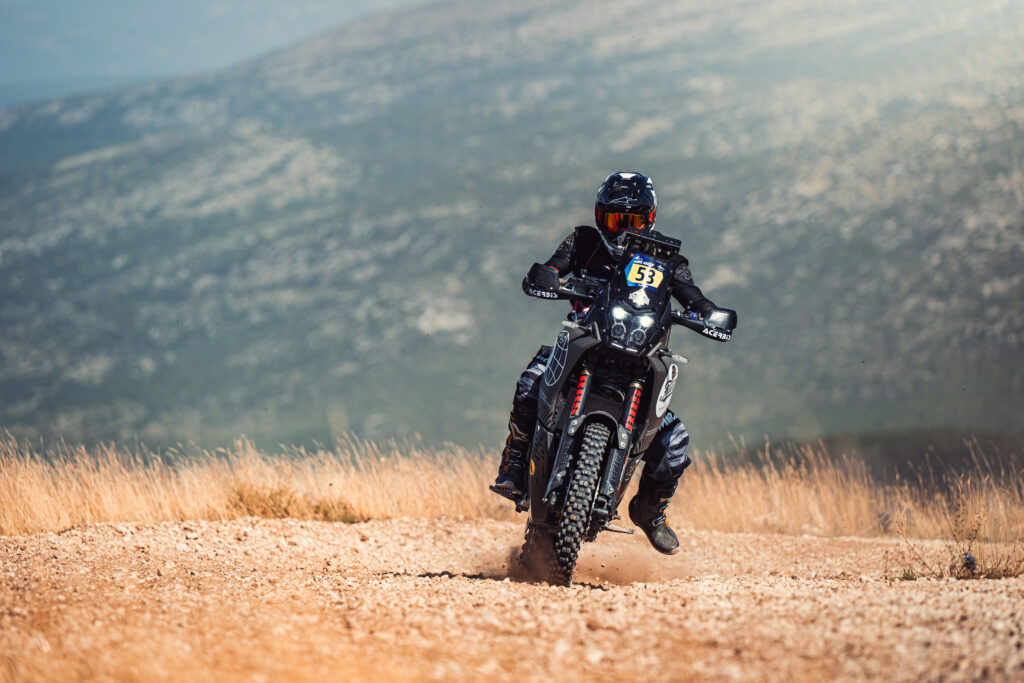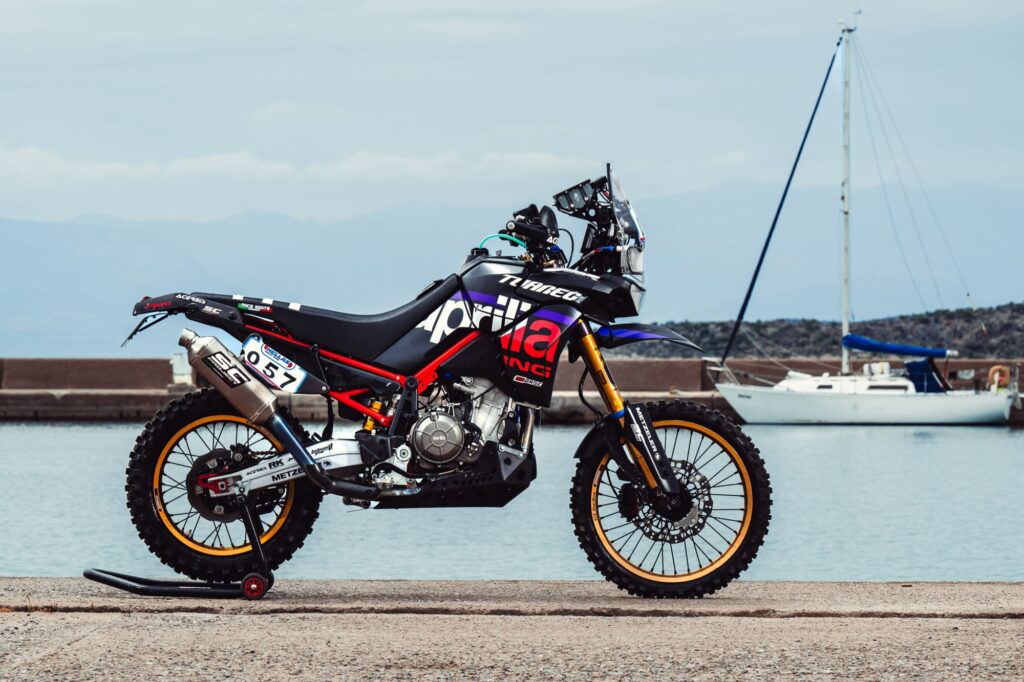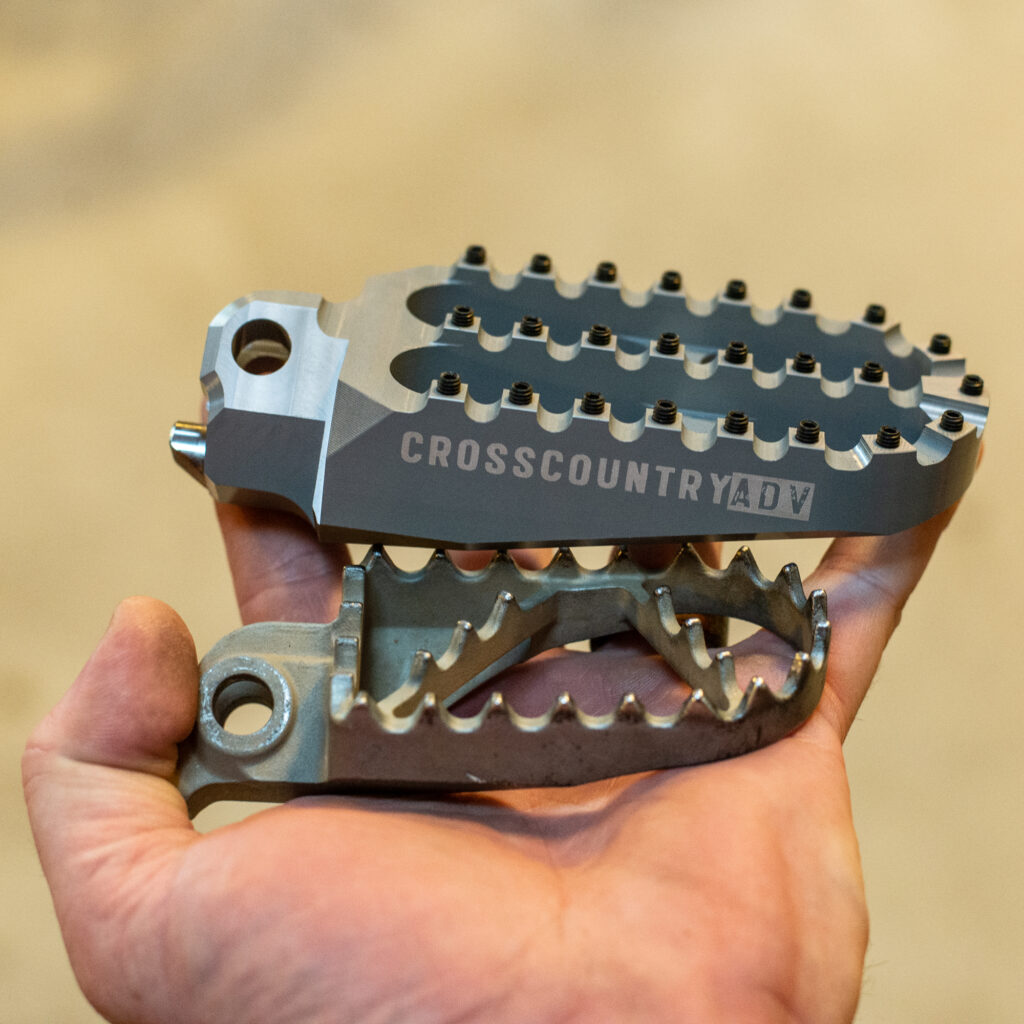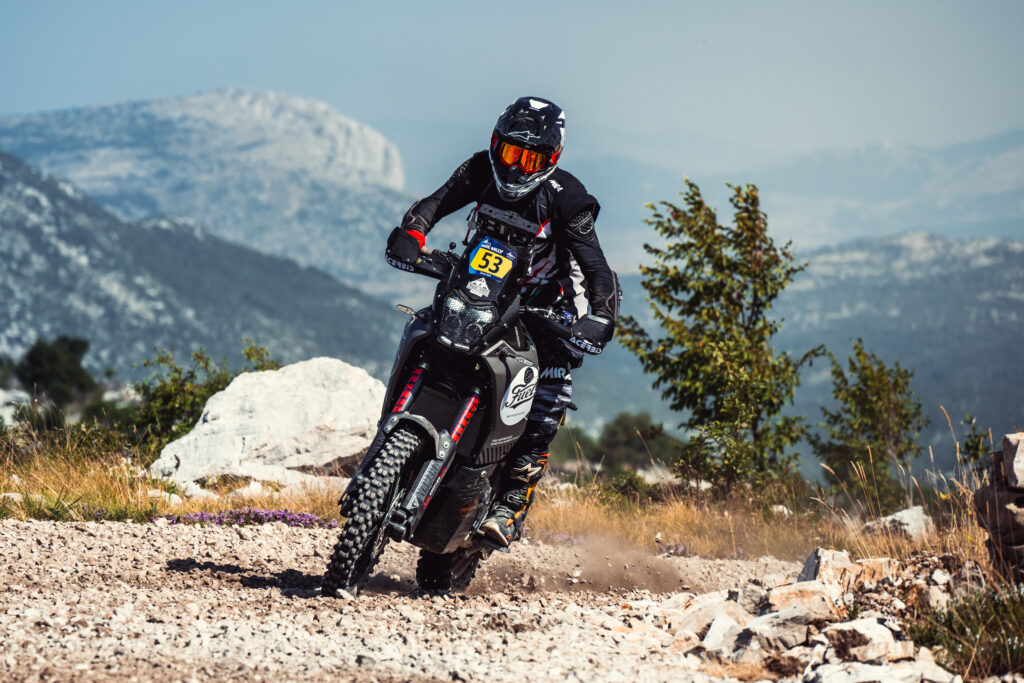Uncategorized
DIY Motorcycle Ergonomics: How to Adjust Your Handlebars, Levers, Footpegs, and Seat for Maximum Comfort and Control
Picture ripping up dirt on a forest trail or cruising down a scenic mountain road on your brand-new bike, ready for the adventure. But then, your hands start to tingle, your back aches, and you can barely reach the levers. Suddenly, the ride isn’t so enjoyable anymore.
Sound familiar?
This is where proper motorcycle ergonomics come in. Ergonomics is the science of designing products and systems to fit the human body, and when applied to motorcycles, ergonomics can make a world of difference in your comfort, control, and safety. More often than not, it’ll also instantly make you a better rider.

Why Motorcycle Ergonomics Matter
Most stock motorcycles are designed for the Average Rider. Makes sense, right? Only, the Average Rider doesn’t exist: we’re all unique in our height, weight, limb length, and so much more. If you set up your motorcycle ergonomics properly, here’s what’s going to happen:
- Reduced fatigue: When your motorcycle is properly adjusted to your body, you’ll be less likely to experience fatigue on long rides.
- Improved control: A comfortable riding position allows you to have better control of your motorcycle – and increase safety.
- Enhanced riding enjoyment: When you’re comfortable and in control, you’ll be able to focus on enjoying the ride instead of worrying about your standing position or your levers that feel off.
Key Elements of Motorcycle Ergonomics
The simplest motorcycle mod that can make a world of difference immediately is the height, angle, and reach of your handlebars. When you adjust your bars, it can significantly impact your riding posture.
Next up is your levers: the position and reach of your brake and clutch levers should allow you to operate them comfortably and without strain.
Seat is another major factor. The height, shape, and padding of your seat can affect your comfort and support.

Finally, it’s your footpegs: the position and angle of your footpegs can affect your legroom, ground clearance, and riding posture (as well as your safety and fatigue – more on that later.
How to Adjust Your Motorcycle Ergonomics
Handlebars:
- Height: You should be able to comfortably reach the handlebars with your elbows slightly bent, both in sitting and standing positions. If your handlebars are too high or too low, you can adjust them using risers or different clamps.
- Angle: The handlebars should be angled slightly back towards you. This will help to reduce strain on your wrists and arms.
- Sweep: The handlebars should have a slight sweep (backward angle) towards you. This will help to improve your leverage and control.
- Grips: Choose grips that are the right size and material for your hands. Grips that are too large or too small can cause discomfort and fatigue.
Levers:
- Reach: The levers should be positioned so that you can comfortably reach them with two or three fingers. If the levers are too far away or too close, you can adjust them using an adjustable lever perch or different levers.
- Angle: The levers should be angled slightly down towards you. This will help to reduce strain on your wrists and arms.
Footpegs:
- Position: The footpegs should be positioned so that your knees are slightly bent when you are seated on the motorcycle and straight when you’re standing up in a neutral position. If the footpegs are too high or too low, you can adjust them using lowering or raising links.
- Angle: The footpegs should be angled slightly down and away from you. This will help to improve your leverage and control.
- Footpegs: Choose footpegs that are wide enough to provide good support and have a good grip surface.

If you’re looking for a one-step solution for your footpeg mods, look no further than the rally footpegs. Positioned slightly lower and backwards, they give you much better balance, a better riding position, and more control of your rear wheel.
Seat:
- Height: The seat height should allow you to comfortably flat-foot the ground with both feet when you are seated on the motorcycle. If the seat is too high or too low, you can adjust it using a different seat or seat padding.
- Shape: The seat should be shaped to provide good support for your back and hips. If the seat is too narrow or too wide, you can add a seat cover or padding. For off-road and rally bikes, make sure the seat allows you to stand up comfortably; if it’s too bulky where it meets the tank, you’ll struggle.
- Padding: The seat should be padded with a material that is comfortable and supportive. If the seat is too hard or too soft, you can add a seat cover or padding.
Finding Your Optimal Setup
It’s important to experiment with different adjustments to find what works best for you. There is no one-size-fits-all solution, so what works for one rider may not work for another. Consider your riding style, terrain, and body type when making adjustments; experiment – over time, you’ll discover that ideal setup.
Additional Tips:
- Listen to your body. If you’re experiencing discomfort, it’s a sign that your motorcycle is not properly adjusted.
- Consult with a professional motorcycle mechanic if you’re not sure how to adjust your motorcycle ergonomics.
By taking the time to adjust your motorcycle ergonomics, you can improve your comfort, control, and safety. This will allow you to enjoy your rides more and get the most out of your motorcycle.
Did we forget anything? Know of a motorcycle ergonomics mode that can make a difference? Share in the comments below!

